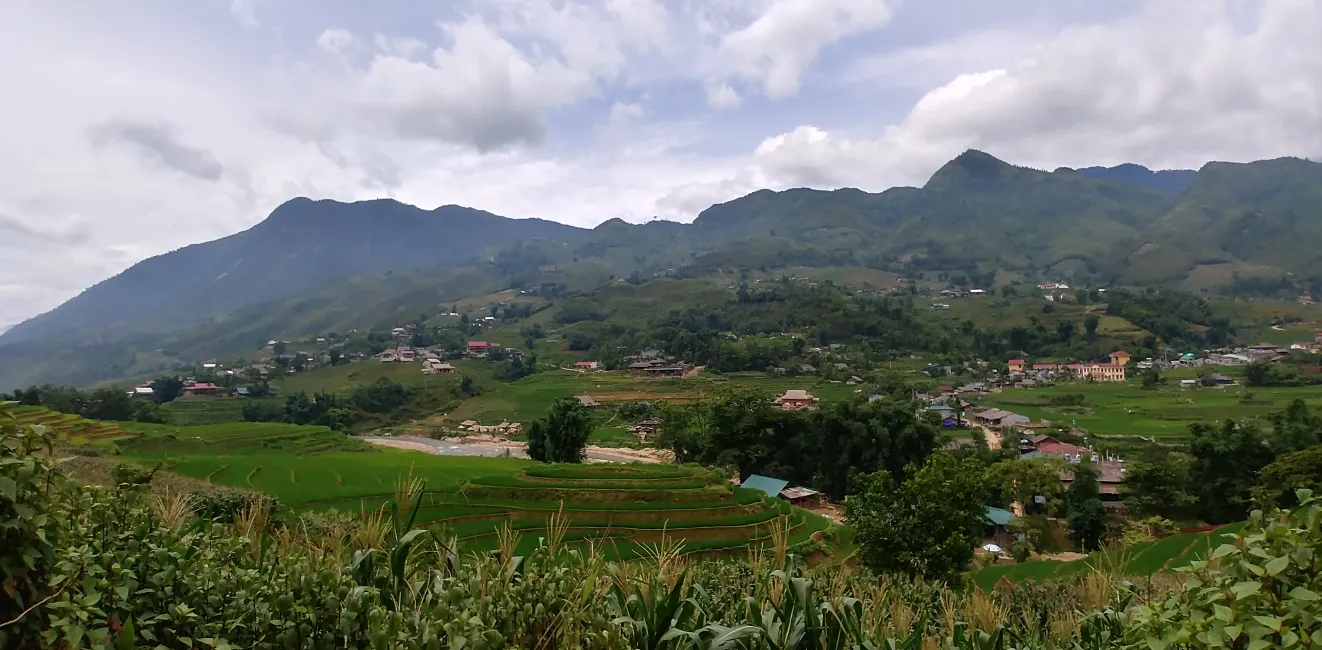
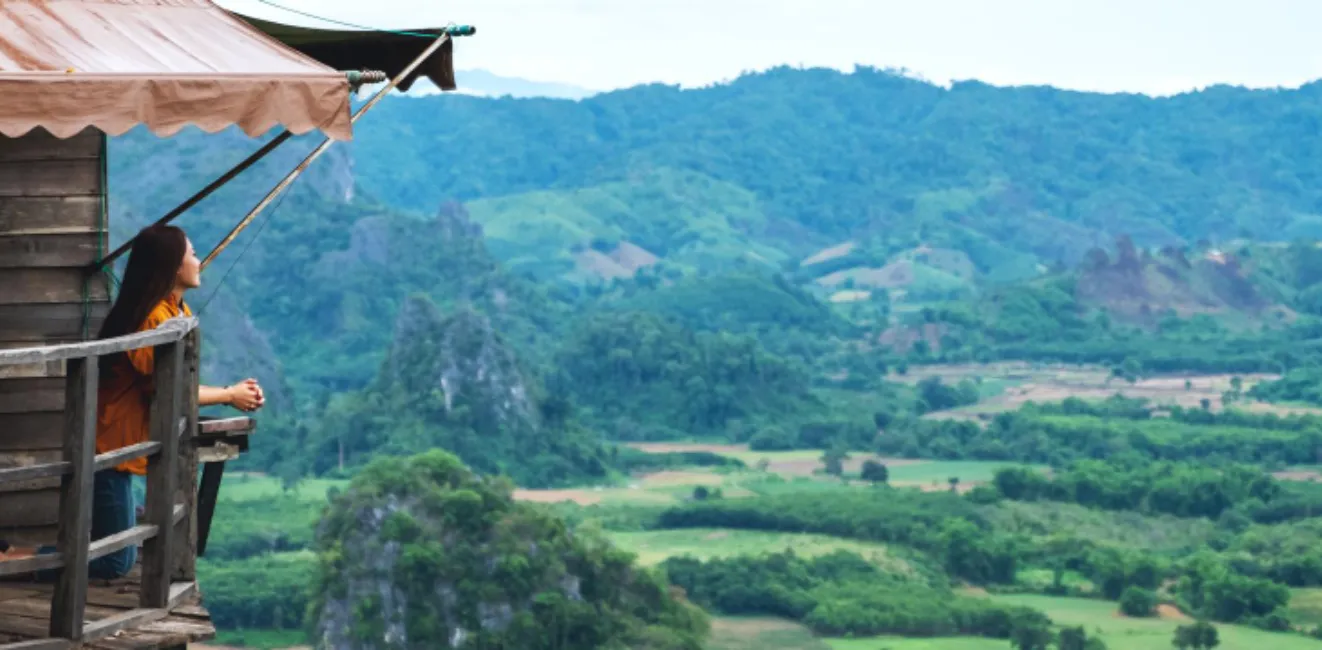
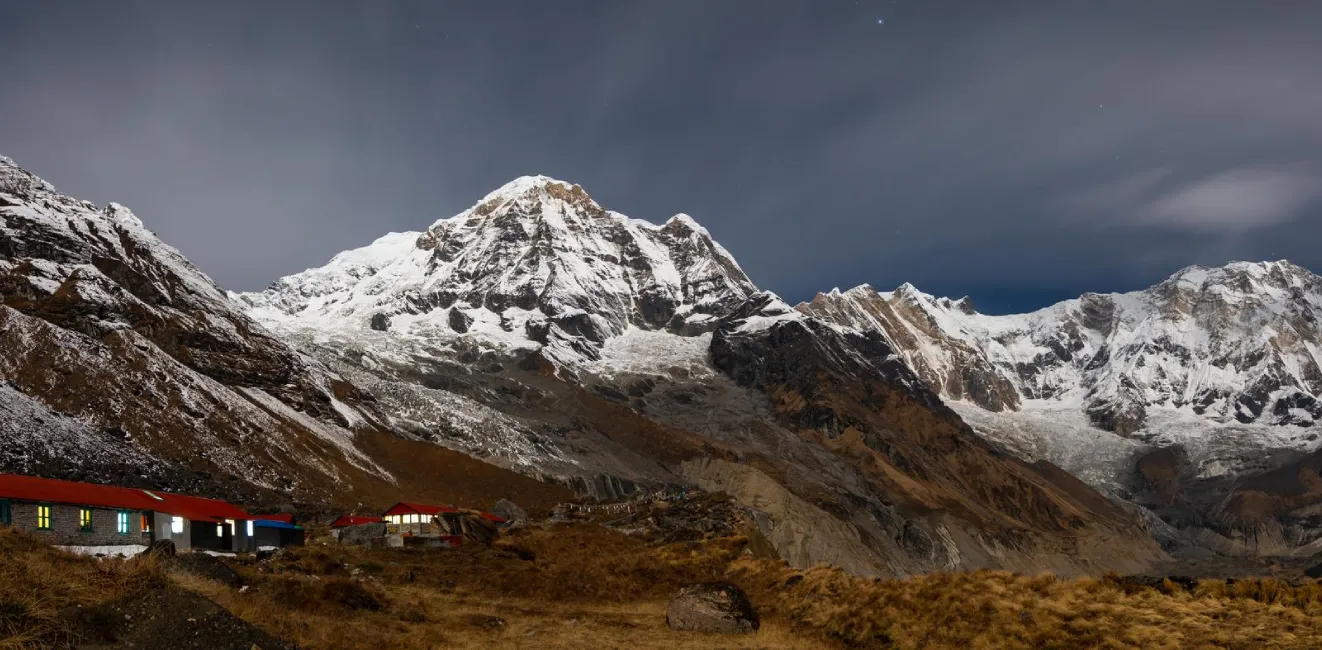
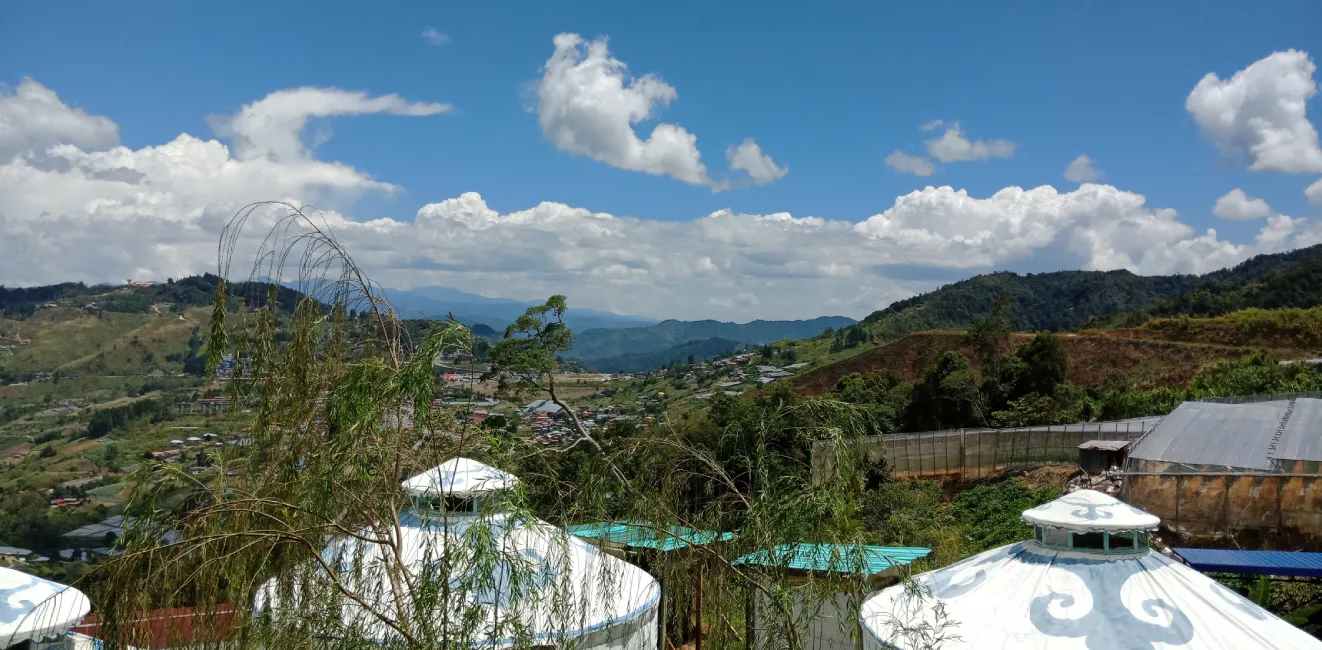
The first ever established capital of Sikkim in 1642 A.D. by Phuntsog Namgyal, Yuksam is a historical town in western district of Sikkim. It holds great historical importance to the Buddhist sect. Yuksam, literally meaning ‘meeting place of three lamas’, gained its named from the similar event when the three most revered Lamas collected at this place to preach Buddhism. Yuksam has made itself as the model city for ‘eco-tourism’ in India and has been promoting it very effectively by organizing festivals and events explaining the above. It is also the base camp for trekking to Mt. Khangchendzonga.
Sikkim offers thrilling adventure sports like trekking, river rafting, paragliding, mountain biking, and skiing amidst its stunning Himalayan landscapes. The region also provides unique experiences like rock climbing, zip-lining, and wildlife safaris for outdoor enthusiasts.
Road distances between the important destinations are given below:
Sikkim is home to stunning destinations like Gangtok, Pelling, Yuksom, and Lachung, offering breathtaking views of the Himalayas, serene lakes, and ancient monasteries. Key attractions include Tsomgo Lake, Nathula Pass, Gurudongmar Lake, and Goecha La Trek, ideal for adventure and nature lovers.
Pack warm, layered clothing like thermals, jackets, and woolens for colder months (October to March), and breathable clothes with a light jacket for warmer months (April to September). Don’t forget waterproof gear, comfortable trekking shoes, and sun protection for high-altitude areas.
Sikkim can be reached via Bagdogra Airport (124 km from Gangtok) or New Jalpaiguri Railway Station (120 km). From these, taxis or shared jeeps are available to reach various destinations in Sikkim.
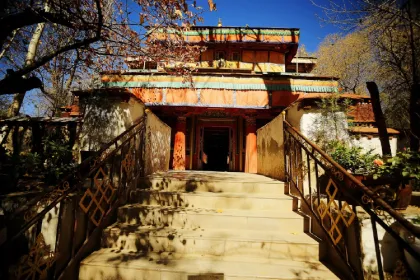
Built in 17th century by Ngadak Sempa Chempo between the Rathong River and Ranjit River, Tashiding monastery is surrounded by prayer flags. The monastery is guared by four caves in four cardinal directions and it is believed that Guru Padmasambhava blessed Sikkim from this place once.
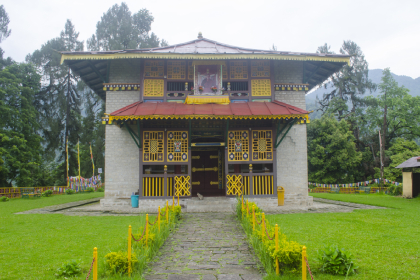
Dubdi Monastery is one of the oldest monasteries in Sikkim, built in 1701 by Chogyar Namgyal. Built in stone, this two storied structure has a bell shaped gilded tomb called Gyaltshen. Situated at about 7000 meters of height, it is also called the Hermit’s cell after the name of its founder, Lhatsun Namkha Jigme. One needs a prior permission to enter this monastery from the monk inside this monastery.
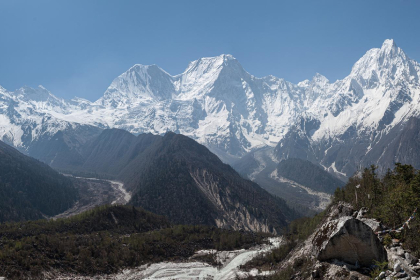
Spread across 850 sq km, Khangchendzonga National Park is also one of the tallest national parks in country with its height ranging from 1800 meters to 8600 met
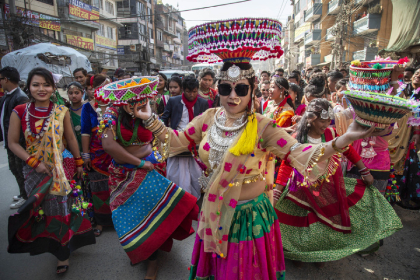
It is one of the largest festivals held at the Khecheopalri Lake every year for two days between the months of March and April.
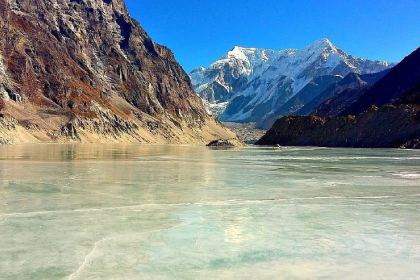
This is also celebrated at the Khecheopalri Lake in the month of October every year.
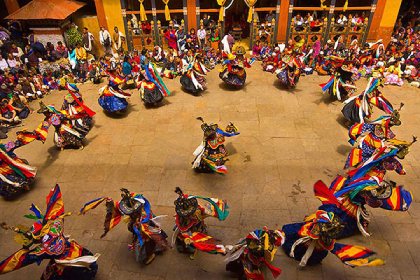
Celebrated in the months of January and March, during this festival the devotees are given two droplets of the holy water kept inside the Tashiding Monastery.
Subscribe to see secret deals prices drop the moment you sign up!

